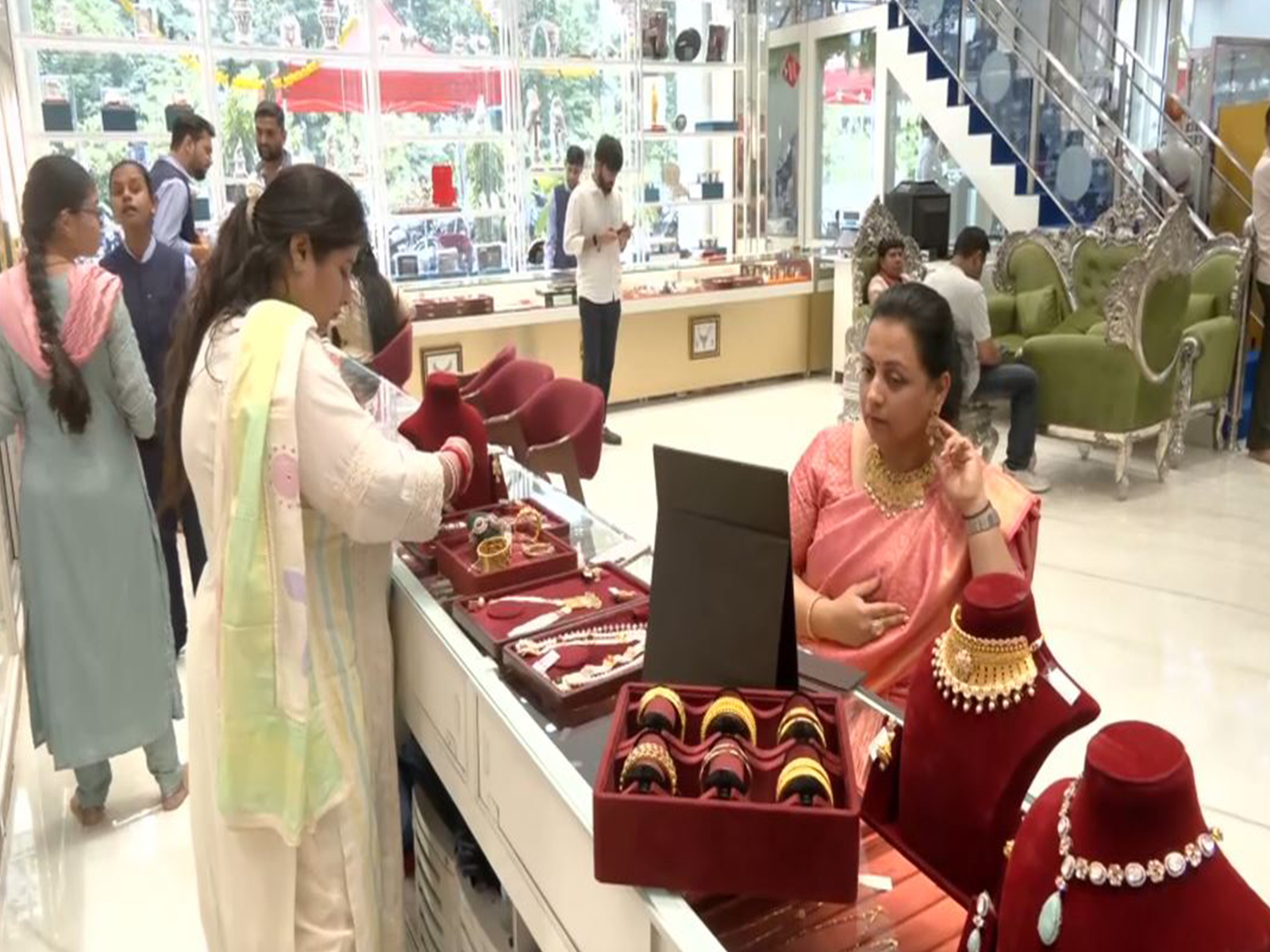New Delhi [India], November 8 (ANI): Urban spending is expected to witness a broader revival through the third quarter of financial year 2026 (FY26), with discretionary categories such as jewelry showing resilience and supply-side disruptions gradually easing.
After a sluggish first half of FY26, urban consumption is showing signs of revival, according to market intelligence firm Motilal Oswal.
“With discretionary categories like jewellery gaining momentum and supply disruptions easing, we expect urban spending to revive in 3QFY26,” the report said.
The recovery, which began in late September 2025, has sustained momentum through October, even as elevated gold prices failed to dampen consumer appetite for precious metals.
Urban consumption–tracked through nine proxy indicators–grew 4.7 per cent year-on-year (YoY) in the second quarter of financial year 2026 (2QFY26), down from 5.9 per cent in 1QFY26 and slightly below the 4.6 per cent seen in 2QFY25.
For the first half of FY26, spending growth averaged 5.3 per cent, compared to 5.8 per cent in the same period last year, underscoring a mild slowdown in urban demand, the report added.
The report further added that the deceleration was largely driven by weaker real salary and wage growth among BSE500 companies, slower real house price appreciation, and a contraction in passenger vehicle (PV) sales.
Real salaries and wages rose 2.4 per cent in 2QFY26, down from 4.1 per cent in the previous quarter, while real house prices inched up just 0.2 per cent–the slowest growth in eight quarters.
Adding to the softness, PV sales declined 1.5 per cent YoY, marking a second straight contraction after steady gains through FY24-25. Analysts attribute this dip to purchase deferments ahead of the festive season, a high base effect, and waning discretionary spending.
On the positive side, petrol consumption, personal credit, and non-farm imports remained firm, signalling underlying resilience in urban economic activity. Real personal credit growth, while moderating to 8.7 per cent YoY, has stabilised in recent quarters, reflecting a normalisation in consumer borrowing after the post-pandemic surge. (ANI)
Disclaimer: This story is auto-generated from a syndicated feed of ANI; only the image & headline may have been reworked by News Services Division of World News Network Inc Ltd and Palghar News and Pune News and World News
HINDI, MARATHI, GUJARATI, TAMIL, TELUGU, BENGALI, KANNADA, ORIYA, PUNJABI, URDU, MALAYALAM
For more details and packages













